
Field Notes: Andrew Marrs of Andrew Marrs Garden Design
In our first interview in our Field Notes series, Andrew Marrs shares what a meadow means to him, why grasses matter, and how paint, plugs, and patience bring his plantings to life.
Based in Bloomington, Indiana, Andrew is the founder of Andrew Marrs Garden Design, an award-winning garden design consultancy specializing in dynamic naturalistic planting design. Andrew Marrs has spent years studying the quiet harmony of wild meadows—their rhythms, textures, and colors—and translating them into designed landscapes that feel both grounded and otherworldly. He strives to create gardens that are horticulturally compelling, environmentally thoughtful, and ecologically beneficial... distilling the essence of wild places into traditional garden spaces.
.jpg)
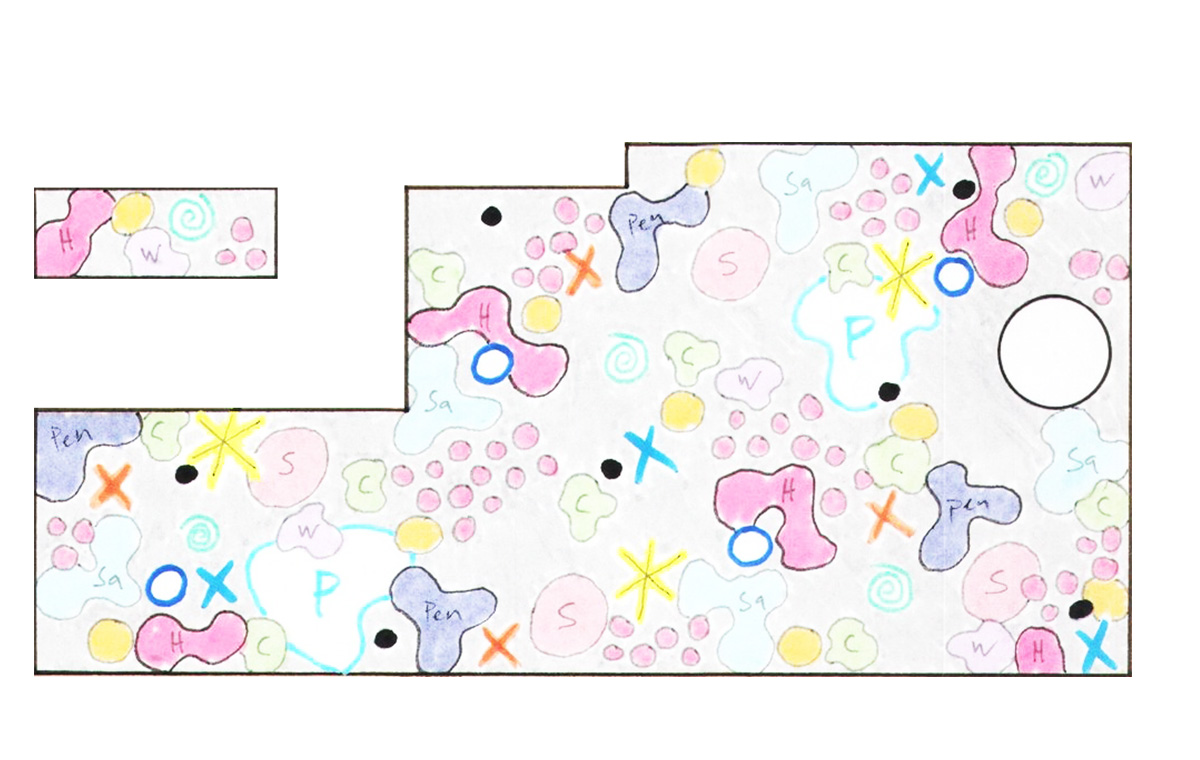
What does a meadow mean to you—and how do you translate that into design?
When I think of a meadow, I imagine grass-dominated vegetation with carefree and abundant displays of seasonal flowers. I think of the rhythm and flow of natural plant distributions shaped by subtle differences in soil and moisture. I’ve endeavored to study, imitate—and ultimately amplify—the abstracted architecture of these wild, yet organized patterns. I’ve often marveled at how naturally occurring vegetation, no matter how diverse or floriferous, always has a harmonious palette—nothing ever clashes. It’s not nature meeting our aesthetic preferences, but our sense of beauty arising from a deep, often unconscious, connection to the natural world. I delight in finding ways to blend color and texture in a similarly harmonious way, tapping into that universal, primordial affection. And of course, I think of the dreamy, emotive contribution of grasses—their soft textures and gentle movement in the wind are what drive the peaceful and playful feeling of meadows.
.jpg)
If you could only plant five species in a meadow, which would you choose—and why?
Well, I think at least 2-3 of them would have to be grasses! Low growing bunch grasses such as various Sesleria, Schizachyrium, or Sporobolus species are so effective at bringing a wild look to the garden. They also provide a wonderful backdrop and textural contrast to the flowers. And probably at least one taller grass such as Panicum or Calamagrostis to catch the late afternoon sun and dance above the rest of the plants. After that, long-flowering and robust perennials with a tendency to seed around a little such as Echinacea, Salvia, and Asters would probably be at the top of my list. Truth be told, though, I can’t imagine ever limiting myself to only 5 species!
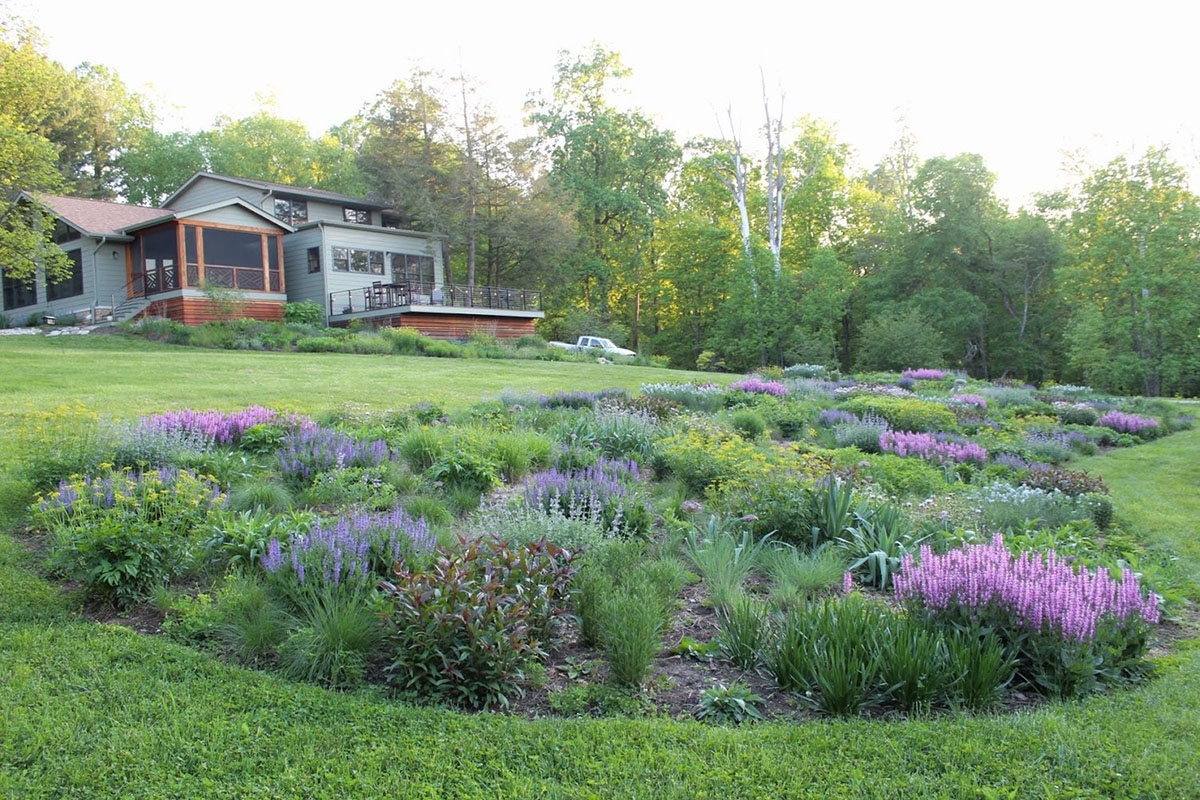
What’s the biggest misconception clients have about meadows?
At least here in our extremely hot and humid growing conditions, many of the showier flowering plants can be short lived. Sometimes clients have the expectation that the wilder a garden looks the less upkeep it will require. But to maintain a strong floral “wow factor” usually requires periodic editing and enhancement planting. And, of course, weeding is as important in a meadow garden as it is in any other garden. Some clients can also be resistant to a high concentration of grasses, wishing instead for maximum flowers. But in addition to their beauty, the other major benefit of the grasses is that they tend to be durable and persistent which makes them invaluable to the rugged constitution that I find preferable in a meadow garden.
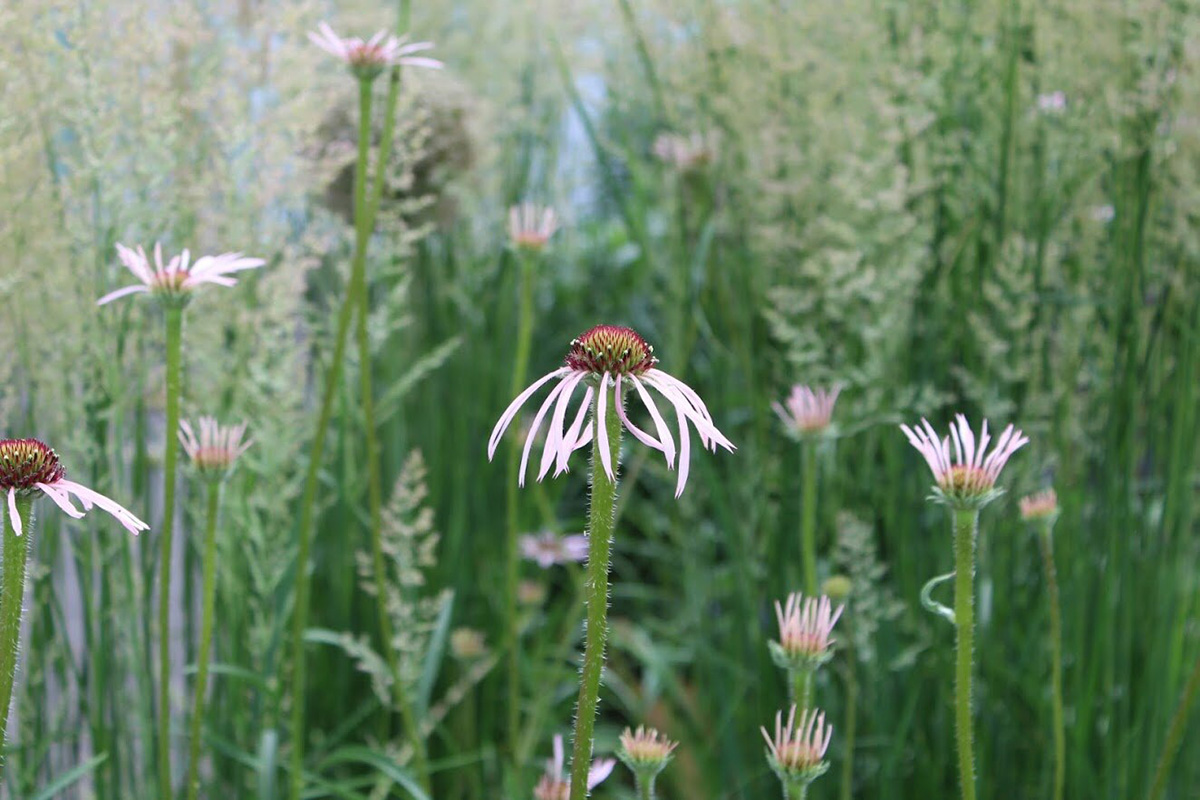
Tell us about a moment in the field that changed how you think about plant communities.
Very early on in my evolution as a gardener and designer I visited the Lurie Garden in Chicago. That was my first time seeing such a dense and complex garden and I was transfixed. The garden created such an immediate and profound and accessible emotional reaction. But at the same time, you could stand in one place for a long time and the more you looked, the more you saw. This combination of carefully orchestrated simplicity and complexity really blew my mind and has influenced my approach ever since.
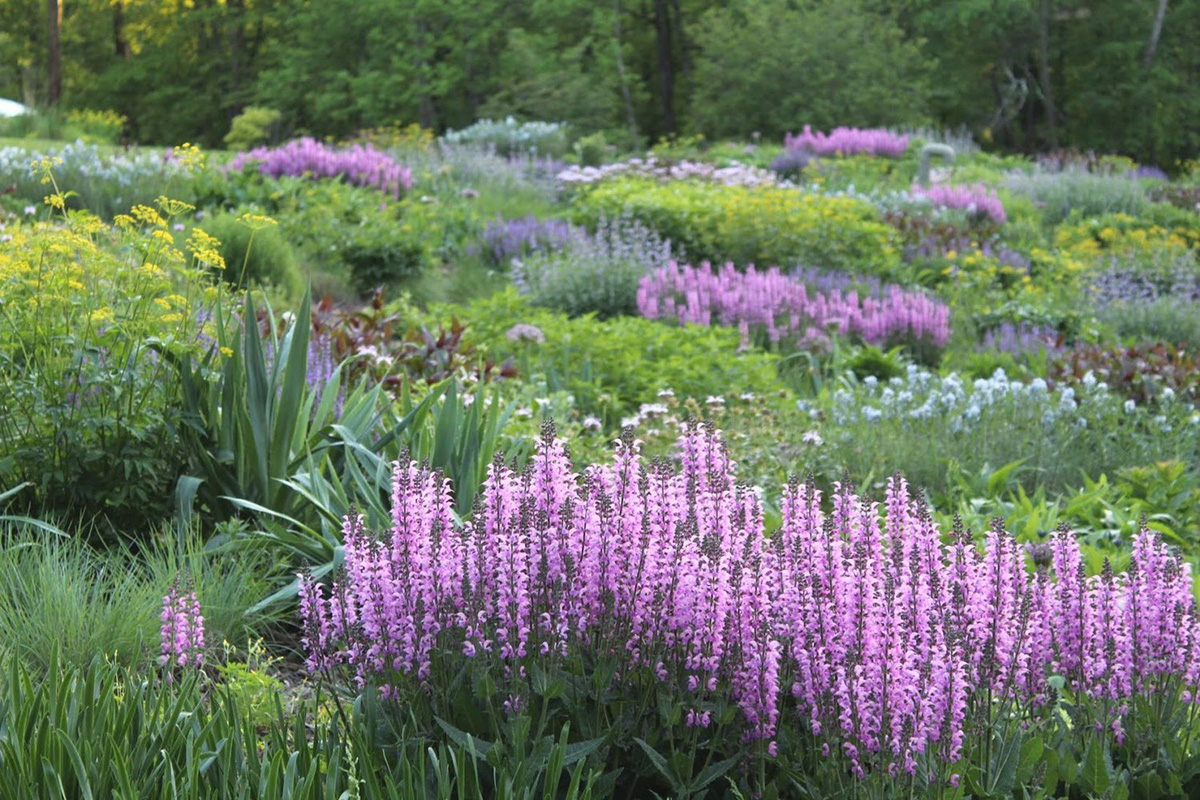
What’s your dream site for a meadow installation—real or imagined?
Definitely full sun and well-drained soil. I also think the juxtaposition of a wild meadow garden to an industrial setting or against modern architecture can be especially compelling.
.jpg)
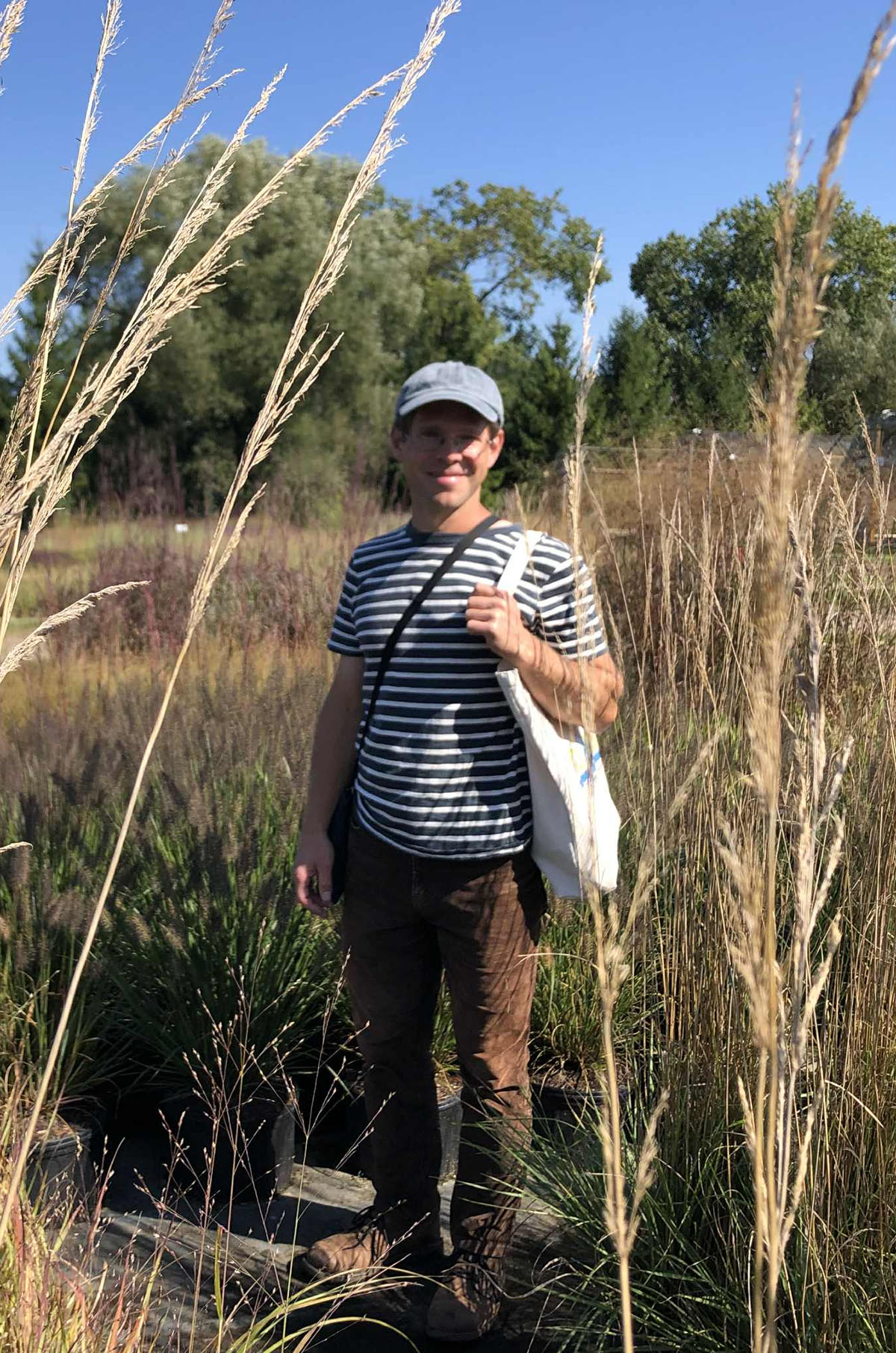
To explore Andrew Marrs' work and get in touch, visit his website at www.andrewmarrs.com.



